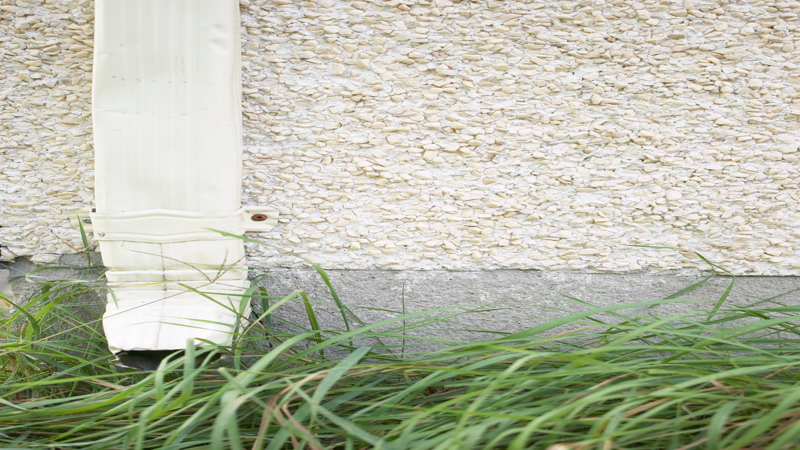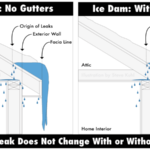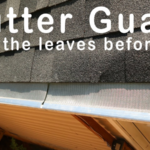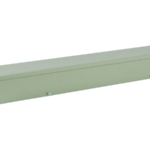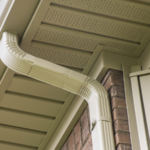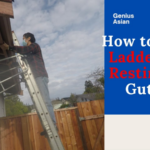There are several types of gutters available on the market, each with its own set of parts. The most common type of gutter is the sectional gutter, which is composed of several interlocking pieces that fit together to form a continuous channel. These gutters are available in a variety of materials, including aluminum, vinyl, and steel.
- Gutter sections: These are the interlocking pieces that form the continuous channel.
- End caps: End caps are installed at the ends of the gutter run to close off the system.
- Downspouts: Downspouts are installed at the corners of the gutter run to carry water away from the foundation of the home.
- Elbows: Elbows are installed inside the gutter run to change the direction of the water flow.
- Hangers: Hangers are installed along the length of the gutter run to support the gutters.
- Flashings: Flashings are installed at the point where the gutters meet the roof to prevent water from leaking into the home.
How do you install gutters step by step?
- Decide where you want your gutters to be installed.
- Measure the length of your gutters.
- Cut your gutters to size.
- Install your gutters using hangers or brackets.
- Seal the seams of your gutters.
- Connect your gutters to the downspouts.
- Test your gutters to make sure they are draining properly.
What are the parts of a roof gutter called?
A roof gutter is a trough fixed to the edge of a roof for the purpose of collecting and carrying away rainwater. The parts of a roof gutter are the fascia, the gutter hangers, the downspouts, and the splash blocks.
What do I need to know before hiring gutter installers?
- Make sure the installers are experienced and reputable. Ask for references and check online reviews to get a sense of their work.
- Get a few estimates. This will help you compare pricing and find the best deal.
- Ask about warranty options. This will give you peace of mind in case of any problems down the road.
- Make sure the installers understand your specific needs. For example, if you have a lot of trees near your home, you’ll need to discuss this in order to avoid any clogging issues.
- Get everything in writing. This includes the estimate, scope of work, and any warranty information.
By following these tips, you’ll be sure to find the best gutter installers for your needs and avoid any headaches down the road.
Do you need a fascia board to install gutters?
No, you do not need a fascia board to install gutters. You can install gutters without a fascia board, but it is not recommended. Gutters are typically installed on top of a fascia board, which is a board that is installed on the edge of the roof. The fascia board provides a stable surface for the gutter to be installed on and also helps to protect the edge of the roof from water damage.
What is best material for rain gutters?
There are a few different types of materials that can be used for rain gutters, but the best option is usually a material that is durable and can withstand the elements. Some of the most popular materials for rain gutters include aluminum, vinyl, and steel. These materials are all very durable and will last for many years with proper maintenance.
What is the cheapest gutter material?
There are several types of gutter materials available on the market, each with its own set of benefits and drawbacks. In terms of cost, however, aluminum is typically the cheapest option. Aluminum is a lightweight metal that is easy to work with, making it a popular choice for do-it-yourself projects. It is also resistant to rust and corrosion, which means it will last for many years with minimal maintenance.
What does home Depot charge to install gutters?
According to Home Depot’s website, the cost to install gutters is $6 per linear foot. This cost includes the cost of the gutters, as well as the cost of labor. Home Depot also offers a variety of financing options for those who need help paying for the gutters.
Final Word
If you are planning on installing gutters on your home, there are a few things you will need. First, you will need to purchase the gutters themselves. You can find these at most home improvement stores. Next, you will need to purchase hangers to attach the gutters to your home. Finally, you will need to purchase some sealant to seal the joints between the gutters and hangers.
